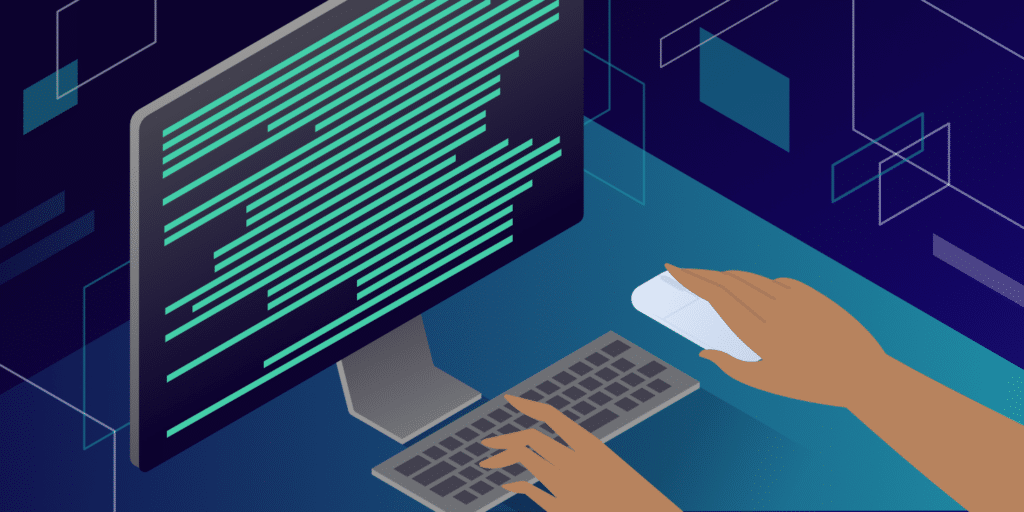Back End Development : Complete Guide
In the world of web development, there are two primary aspects: front end development and back end development . While front end development focuses on what users interact with directly, back end development deals with the behind-the-scenes functionalities that make a website or application work seamlessly.
Table of Contents
What is Back End Development ?
Back end development deals with the server-side of applications, handling databases, servers, and application logic. Its goal is to ensure smooth functionality for websites or web applications, delivering the desired user experience.
Importance of Back End Development
Ensuring Server-Side Functionality
Back end development is vital for ensuring the smooth functioning of a website or application’s server-side. This includes managing requests from the front end, processing data, and providing suitable responses.
Managing Databases
Another important aspect of back end development involves database management. This includes tasks like designing database structures, optimizing queries for better performance, and ensuring the security and integrity of the data.

Technologies Used in Back End Development
Programming Languages
Back end developers use different programming languages like Python, Ruby, Java, and JavaScript (Node.js) to create the logic and features of web applications.
Frameworks and Libraries
Frameworks and libraries such as Django, Flask, Ruby on Rails, and Express.js offer developers pre-written code and tools to simplify the development process and ensure consistent coding.
- Django: Django is a Python web framework known for rapid development and clean design. It includes built-in features like authentication, URL routing, and database management, making it ideal for efficiently building robust web applications.
- Flask: Flask is a lightweight Python web framework prized for its simplicity and flexibility. It enables developers to quickly create web applications with minimal code overhead, often used for smaller projects or prototypes.
- Ruby on Rails: Ruby on Rails, or Rails, is a popular web framework written in Ruby. It emphasizes convention over configuration, reducing the need for explicit setup. Rails offers powerful tools for creating database-backed web applications, with features like scaffolding and migrations.
- Express.js: Express.js is a minimalist web framework for Node.js, focusing on simplicity and flexibility. It provides essential features for building web applications and APIs, such as handling HTTP requests and routing. Express.js allows developers to create scalable server-side applications using JavaScript.
Best Web Design Agency in San Diego USA
Skills Required for Back End Development
Proficiency in Programming Languages
Back end developers should know at least one programming language well and understand software development principles and best practices thoroughly.
Understanding of Server Management
Knowledge of server management, including deployment, configuration, and monitoring, is essential for back end developers to ensure the smooth operation of web applications.

Steps to Become a Back End Developer
Learning Resources
Those aiming to become back end developers can utilize online courses, tutorials, and documentation to learn programming languages, frameworks, and essential skills.
Building Projects
Practical experience is vital for mastering back end development. Building projects, alone or in a team, allows developers to apply their knowledge and hone problem-solving abilities.
Challenges in Back End Development
Scalability Issues
As web applications become more complex and gain more users, back end developers encounter scalability challenges like optimizing performance and managing higher traffic volumes.
Security Concerns
Securing data and systems is a key priority in back end development. Developers need to implement safeguards against vulnerabilities such as SQL injection and cross-site scripting.
Future Trends in Back End Development
Serverless Architecture
Serverless architecture is becoming popular due to its scalability and cost-effectiveness. It involves outsourcing server management to third-party services.
Microservices
Microservices architecture, where applications are constructed as a set of loosely connected services, provides flexibility and scalability, making it a favored method for developing complex systems.
Conclusion
Back end development is essential for constructing resilient and scalable web applications. By mastering programming languages, frameworks, and server management, developers can craft efficient and secure back end systems that drive modern digital experiences.






